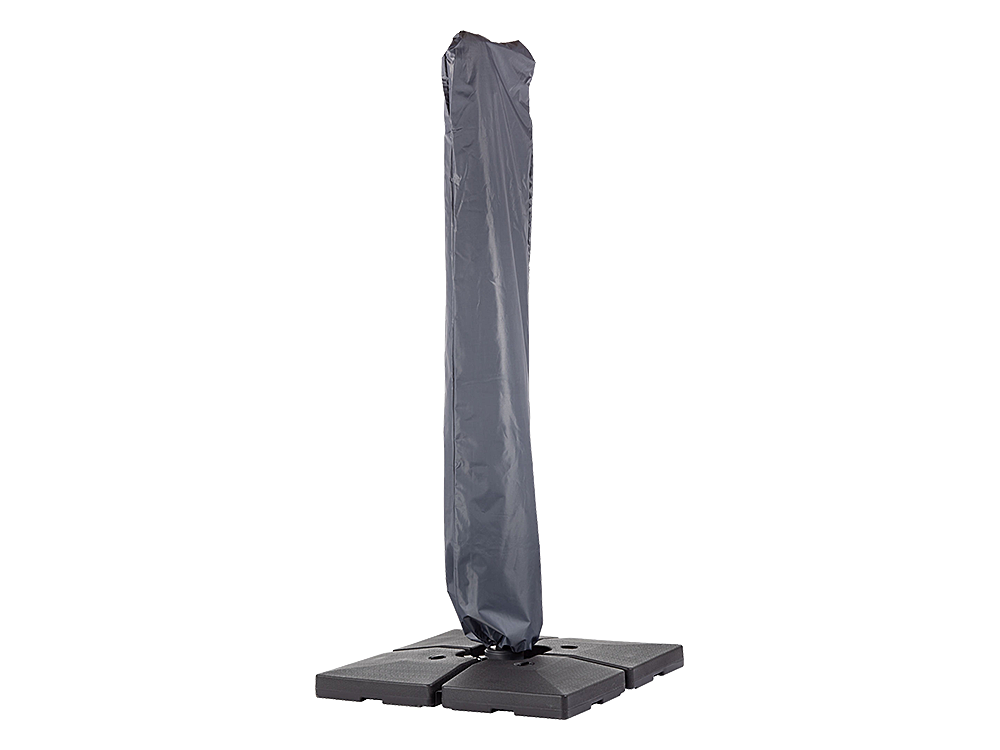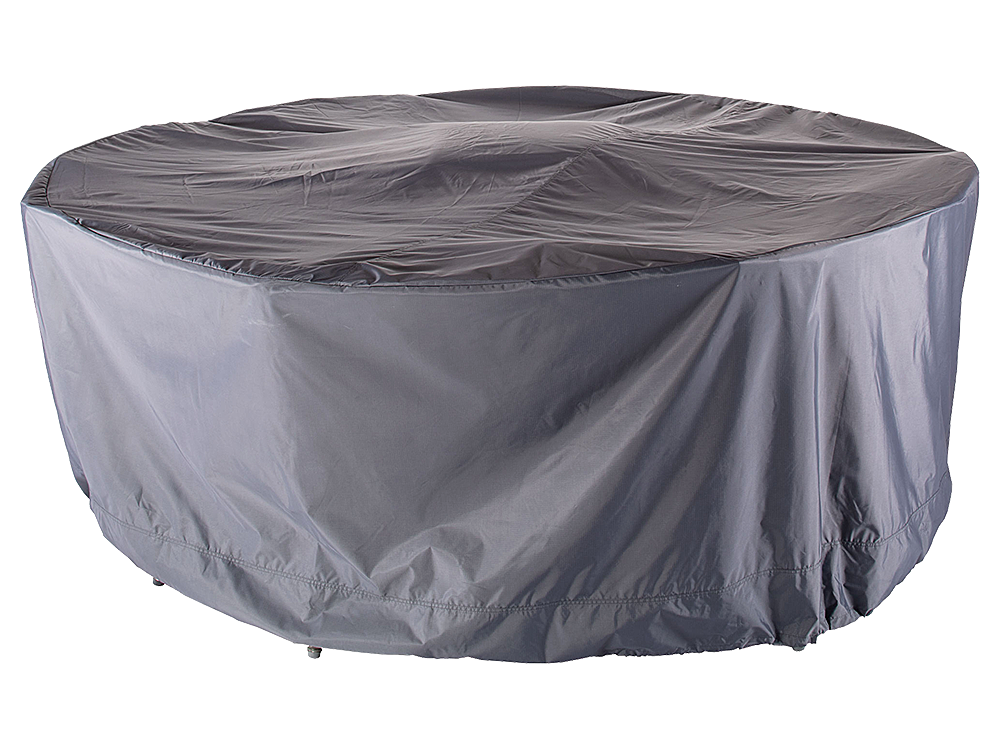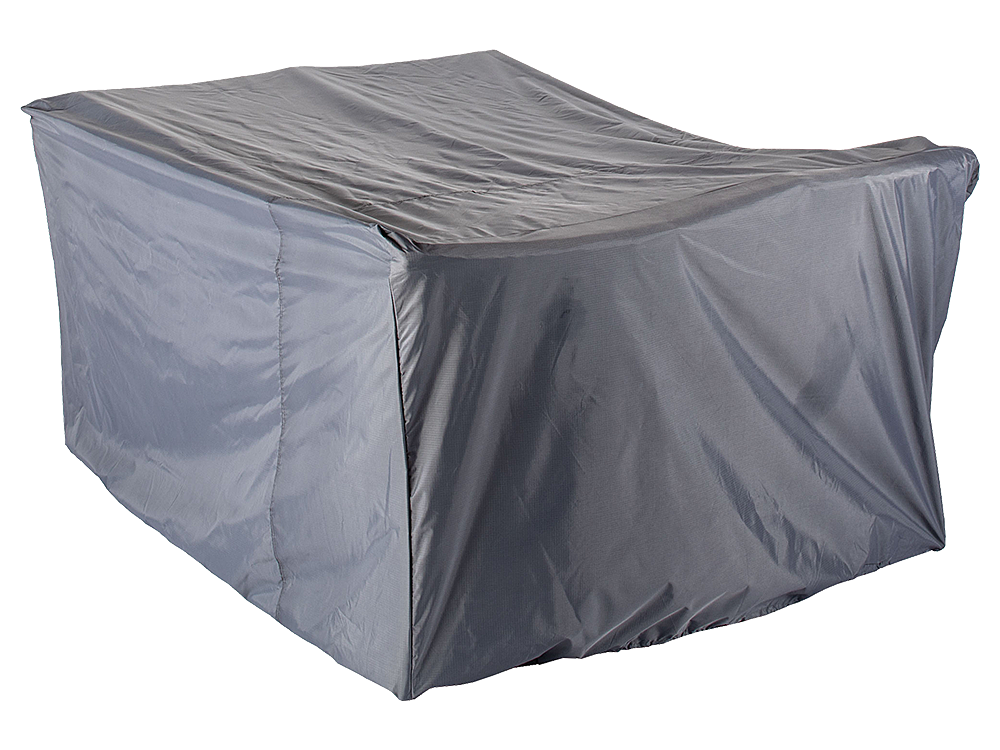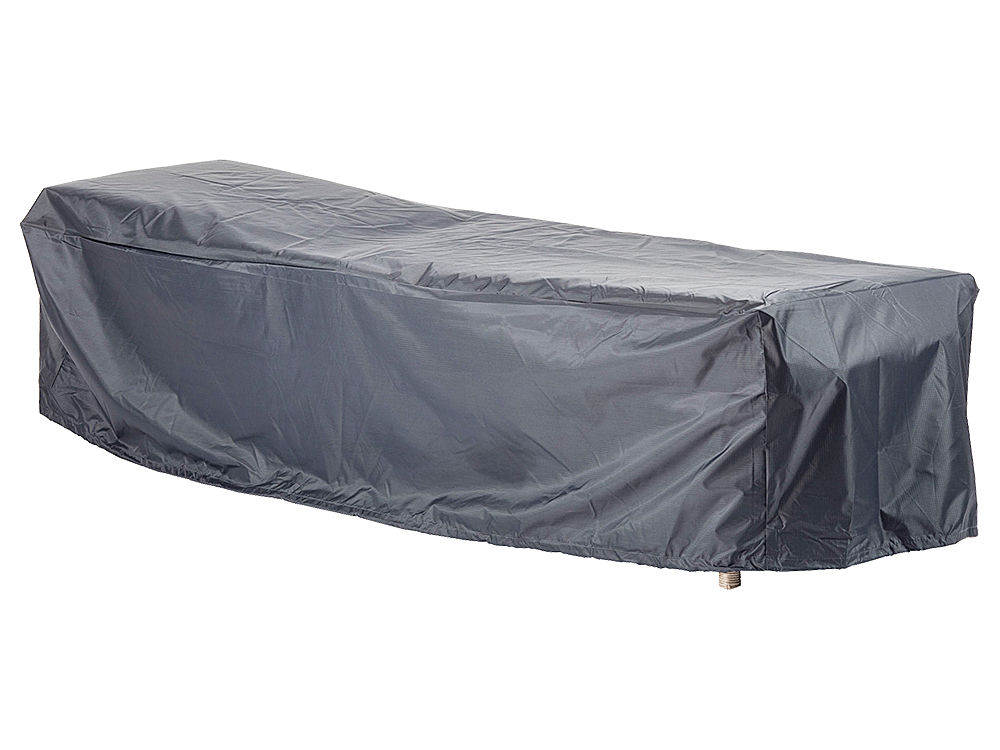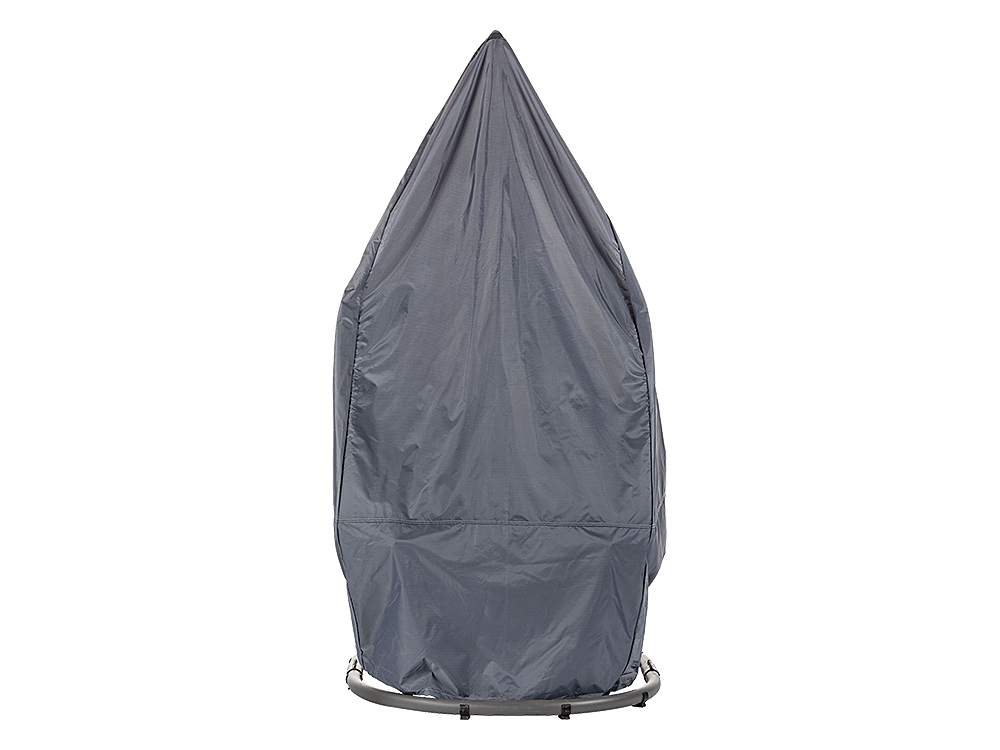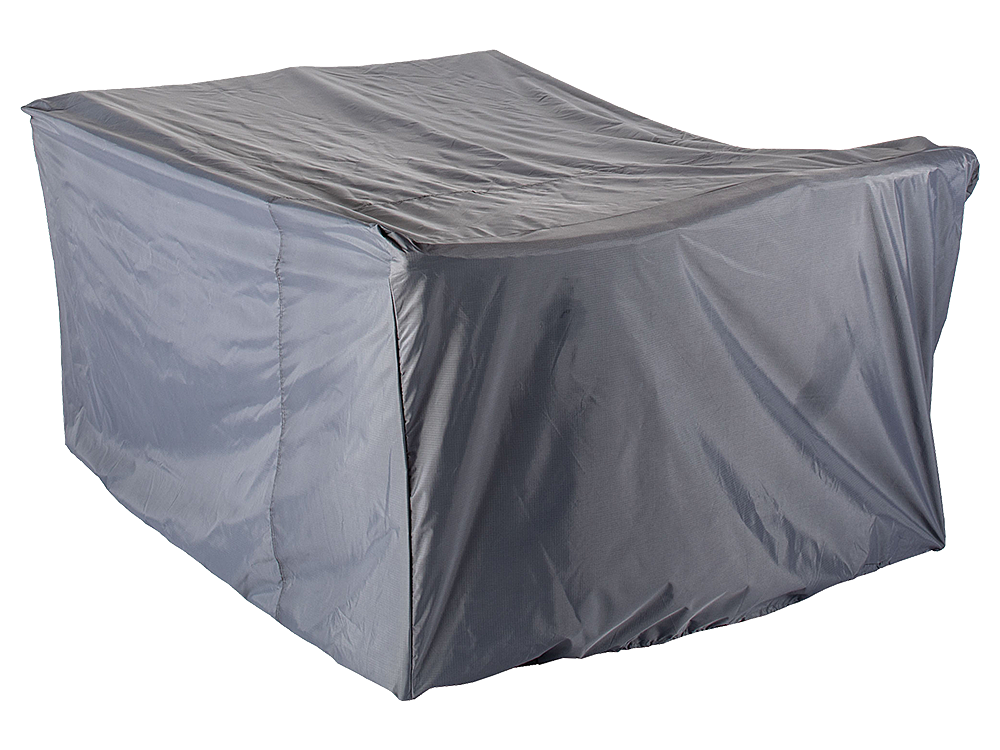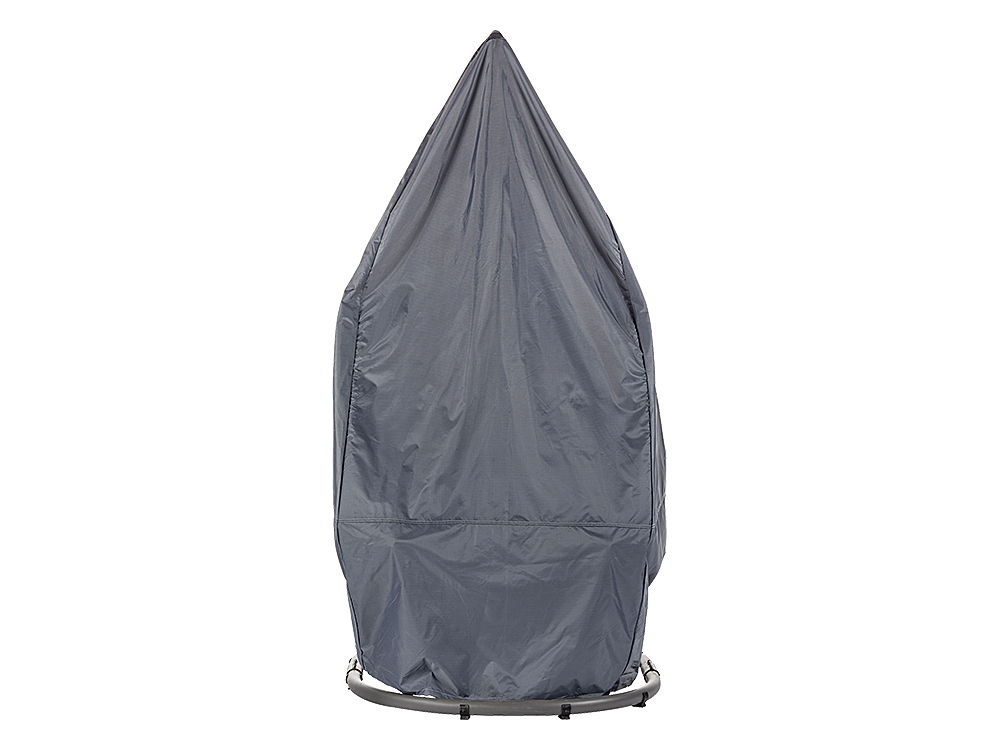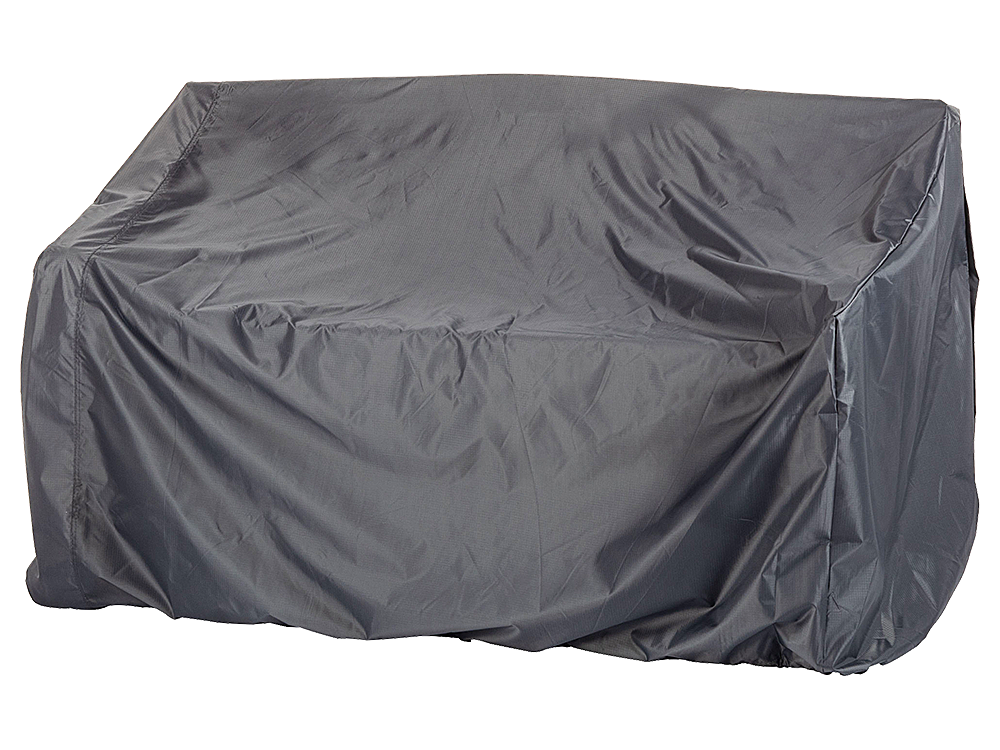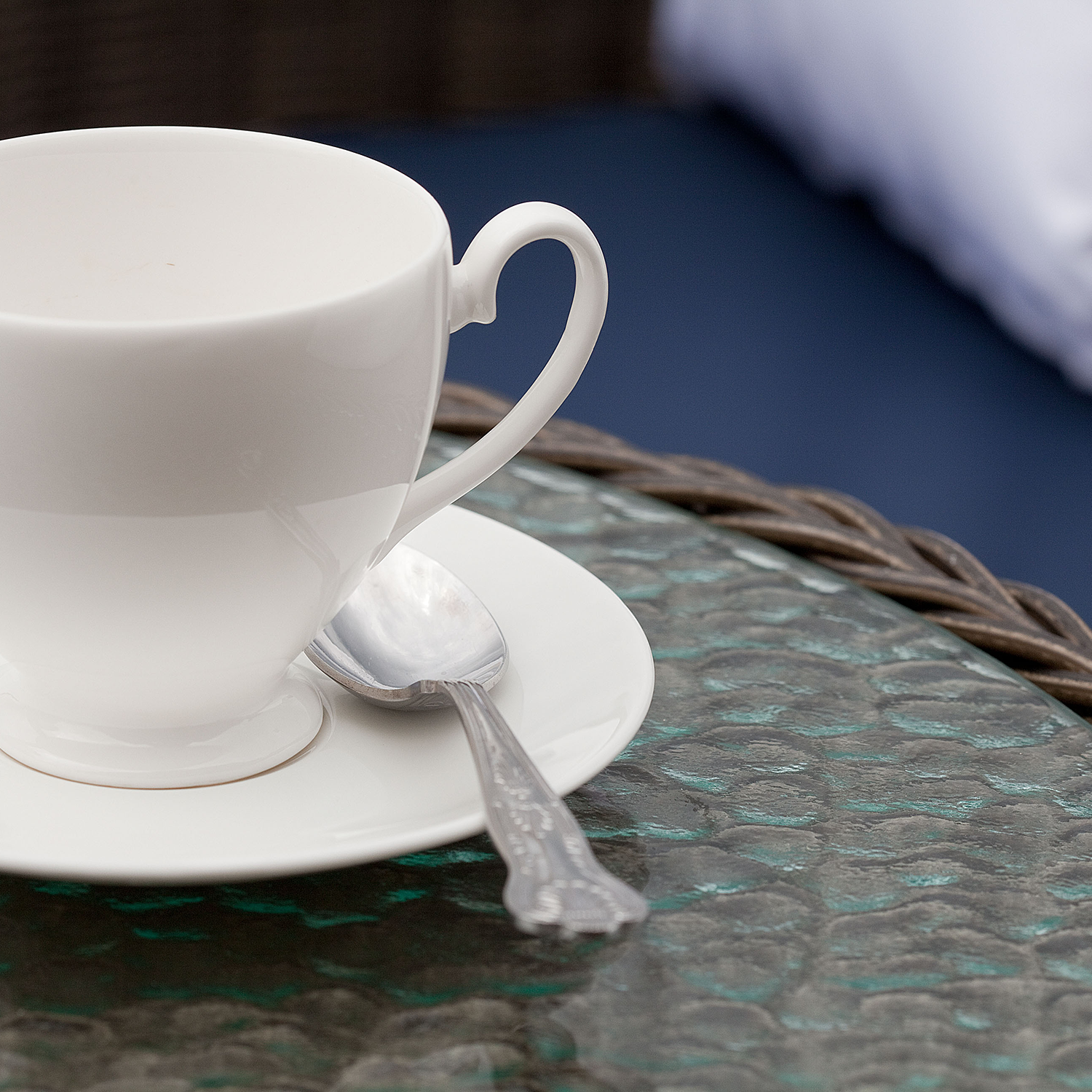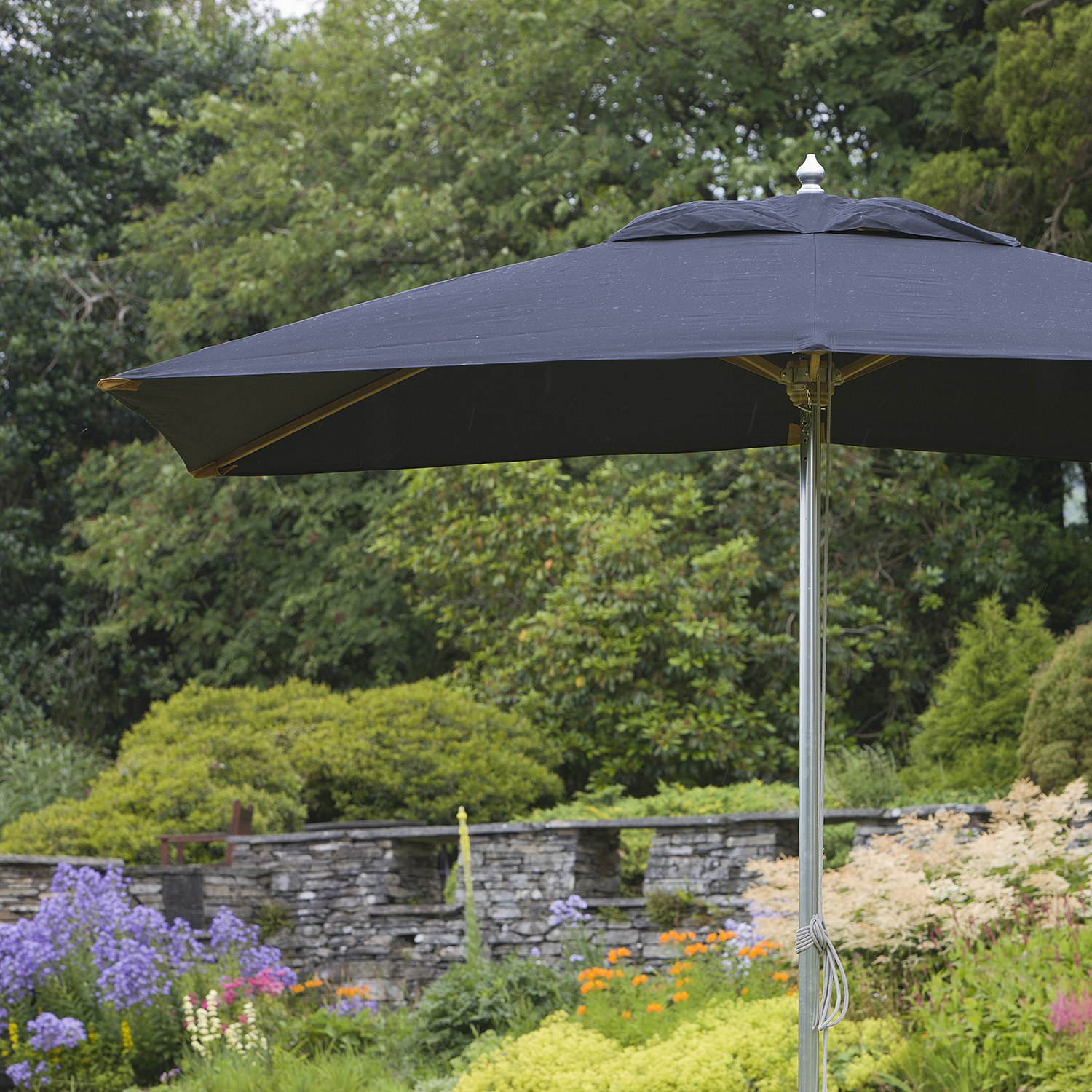
Choosing The Right Parasol and Shape
Outdoor parasols or umbrellas are great canopies to shield us from the weather in the garden. They attractively define an area in the garden and transform any outdoor space into a haven for relaxation, entertainment, party, dining, barbequing and much more. At night you can decorate your parasol with lanterns, fairy lights, or mood lights. Your parasol will also help keep the dampness in the air away from your guests.
Which type of garden or patio parasol should I choose?
Depending on your outdoor space and personal taste, we advise you to consider the following seven main criteria before buying your outdoor parasol:
Select the type:
The most common types of outdoor parasols are called freestanding parasols, cantilever parasols, banana parasols, tilting parasols, wall-mounted parasols, and telescopic parasols.
Freestanding parasols: These can be fitted through a hole in the table, or stand on their own with a heavy base, often filled with water or sand. Freestanding parasols can be moved about easily.
Cantilever parasols: They have an articulating arm from which the parasol is suspended to leave a clear space underneath. You can rotate the parasol in any direction or angle to protect you from the wind, create privacy, and create the largest area of shade, depending on the angle of the sun. Cantilever parasols can be moved to different spots in the garden.
Banana parasols: They are similar to cantilever parasols, but with a curved arm. Cantilever and banana parasols are sometimes called overhanging, side-arm, or side-post parasols.
Tilting parasols: They are similar to either freestanding or cantilever parasols, with a centre pole and usually a winch and crank handle to adjust the angle of the parasol according to the angle of the sun. Tilting parasols can be moved.
Telescopic parasols: The centre pole is made in two sections with different diameters, one fitting inside the other. This makes it possible to easily adjust the height of the parasol. Telescopic parasols can be moved about.
Wall-mounted parasols: They work very well in narrow spaces, balconies, and patios where they can be fixed to the wall. They have a rotating bracket and mobile arm that can be adjusted to shelter you from the wind and for the best shade according to the angle of the sun. Wall-mounted parasols are fixed permanently, so choose the spot well.
If you regularly entertain in the garden, you may even want to consider a large commercial parasol for semi-permanent shade over a large area, or over the pool.
Shape:
Choose the shape that best suits the area and mood you desire: Outdoor parasols are available in round, octagon, square and rectangular shapes.
While the area will not be your only consideration, bear in mind that a square umbrella has a greater area than the same size round parasol. For example, a 10 ft square umbrella has an area of 100 square ft, while a round parasol has an area of 78 square ft. So, if you are looking for a greater shade area, go for the square type.
For a better visual effect, we recommend matching the canopy shape and size with the table.
The most common garden parasol shape is octagonal. It appears round and will look best covering a circular table. For a more traditional look, opt for an octagonal shape.
Size:
What size do you need? Garden and patio parasols come in a large variety of sizes to suit the space and effect you want to create.
Colour:
Which is the best colour for your parasols?
Clearly, the aesthetic appeal and fitting in with your décor or surrounding environment will be a major consideration. You may want to match it with the colour of the garden furniture, choose a vibrant colour that stands out, or a colour that blends in with the garden or patio. However, also consider other factors.
Because dark colours absorb more light and heat, the area beneath the parasol will be cooler on a sunny day. A dark colour reduces the temperature under the parasol by up to 10 degrees
A dark colour reflects less light and helps to keep bright reflections from bothering you.
Dark colours also absorb more of the sun’s UV rays, so you will be better protected.
Lighter colours are less prone to fading.
Dark colours will be less likely to show bird droppings.
Which is the best fabric for outdoor parasols?
Select a high-density fabric that is durable, waterproof, has a good UV rating, resistant to stains, mould, and mildew, and does not fade easily. A higher thread count indicates durability, waterproofing, UV protection, and softness.
Polyester and polypropylene parasols are good choices because they are waterproof and highly resistant to stretching, tearing, abrasion, mould and mildew. They are also lightweight and if you choose the best quality polyester or polypropylene, they will have a high UV rating, protecting you from the sun. They are also easy to clean and dry quickly because they do not absorb water.
Materials with polyester, acrylic or polypropylene blends will also serve you well, but it is better to avoid nylon.
In less robust areas where appearance and style are more important, you can select silk or cotton.
Which is the best material for the parasol fixture or pole?
The most common materials for the frame, ribs and fixture are steel, wood and aluminium.
Each will have its own pros and cons, depending on your requirements. Steel is a good choice for wall-mounted parasols, while lightweight aluminium would be a good choice for mobile parasols. Wood remains a good choice, but will require regular maintenance to prevent the wood from rotting or splitting.
Select a parasol with more ribs for greater sturdiness.
Aluminium: It is lightweight for easy mobility, yet strong and sturdy. It does not rust and can withstand harsh weather conditions.
Steel or stainless steel: Chosen because of its weight and tensile strength. Stainless steel does not rust, but to prevent rust on steel, it can be powder coated or painted in the colour of your choice.
How do you protect your parasols?
Simply closing your parasols will not protect them sufficiently against wind, rain, snow, sun, dirt, and dust. Here are some tips to make them last a very long time:
Use good quality covers
Duraspell covers are made for each of the types, shapes and sizes of parasols.
They are lightweight and easy to fit.
They have an exceptional UV rating of 50+ to protect your parasols from being damaged by the sun and from fading.
They are waterproof and protect your parasols against mildew and mould where water builds up in the folds of the parasol.
Your Duraspell cover will also keep the arms/ribs of your garden parasol in position to prevent them bending or breaking.
Keep them clean
Regularly brush or hose down your outdoor parasol to remove dirt, debris, and bird droppings which can harm the fabric or create spots where mould can grow.
Allow your garden umbrella to dry properly before closing it, to prevent moisture buildup and mildew.
Close and secure them when not in use.
For periods longer than a day or two, put on their covers.
They will stay in much better shape and are less likely to be damaged when falling over.
Proper storage during winter or for long periods.
Clean and dry them first.
Secure all the parts, such as the pole, cantilever, etc.
Fit the proper size Duraspell cover and secure the rip-stop and security tabs. Wrap the exposed pole with plastic and tape it down.
Store your garden or patio parasols in a dry location, where there is no danger of dampness or water leaking in.
Store them lying down, standing up, or hanging, in a position where they are supported and away from other objects that might bend or misshape them, and away from regular traffic where they might be bumped or damaged.
Please check our buyer’s guide if you need help working out what size garden corner set covers you require. Click here

